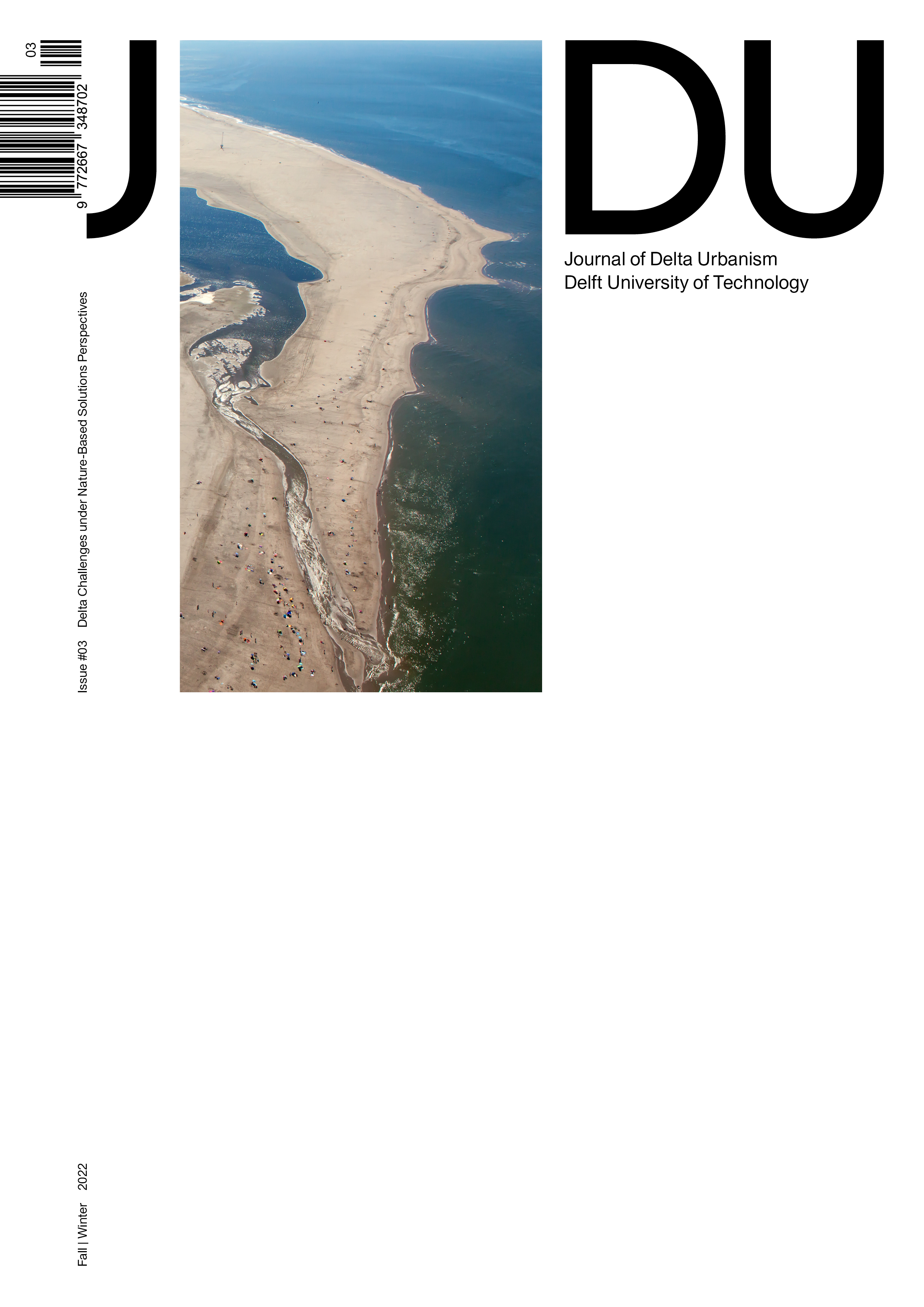Abstract
River basins and deltas can be considered as complex systems with dynamics resulting from natural processes. These dynamics have generated many ecosystem services, but they are also erratic in nature.
Since the industrial revolution, the belief has emerged that these systems can be controlled, thereby suppressing the erratic nature of rivers and deltas and maximizing economic benefits. This has led to a game change in the development of rivers and deltas: until the mid-19th century, the natural system was dominant and economic and urban development followed; after the mid-19th century, economic and urban development became dominant and the river and delta systems were increasingly adapted to the new economic and urban realities. The result of this first game change was the disappearance of sufficient room for the natural dynamics of river and delta systems. This has led to major problems in the current times of climate change, which can only be tackled with a second game change, which takes more into account the natural dynamics of the river and delta systems and offers more space for these dynamics.
An example of what this second game change could look like is a proposal for the reorganization of the main discharge of the Rhine and Maas rivers in the Dutch Rhine-Meuse delta. This reorganization has major consequences, but also offers new opportunities for the water system, as well as for the natural environment and for port development, urban development, and the necessary energy transition. For this new game change, design explorations are necessary to investigate how a new synergy can be achieved by combining all these aspects.

This work is licensed under a Creative Commons Attribution 4.0 International License.

